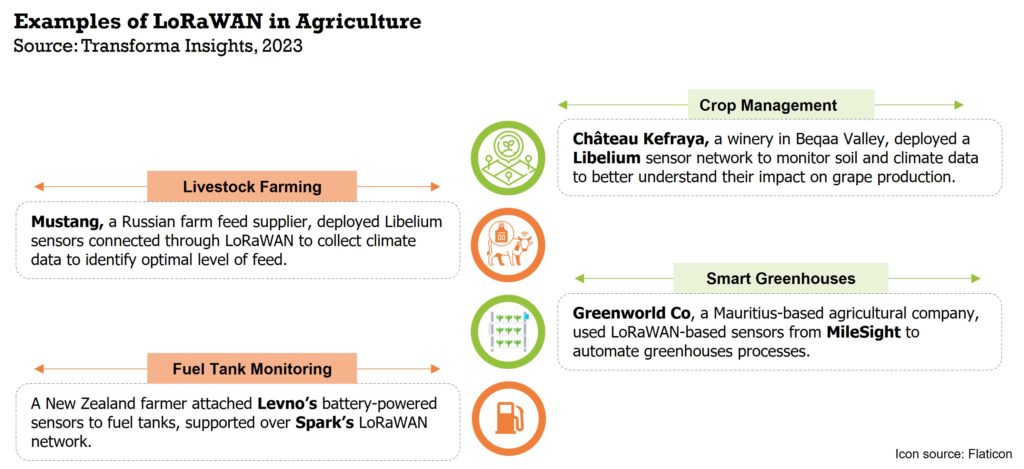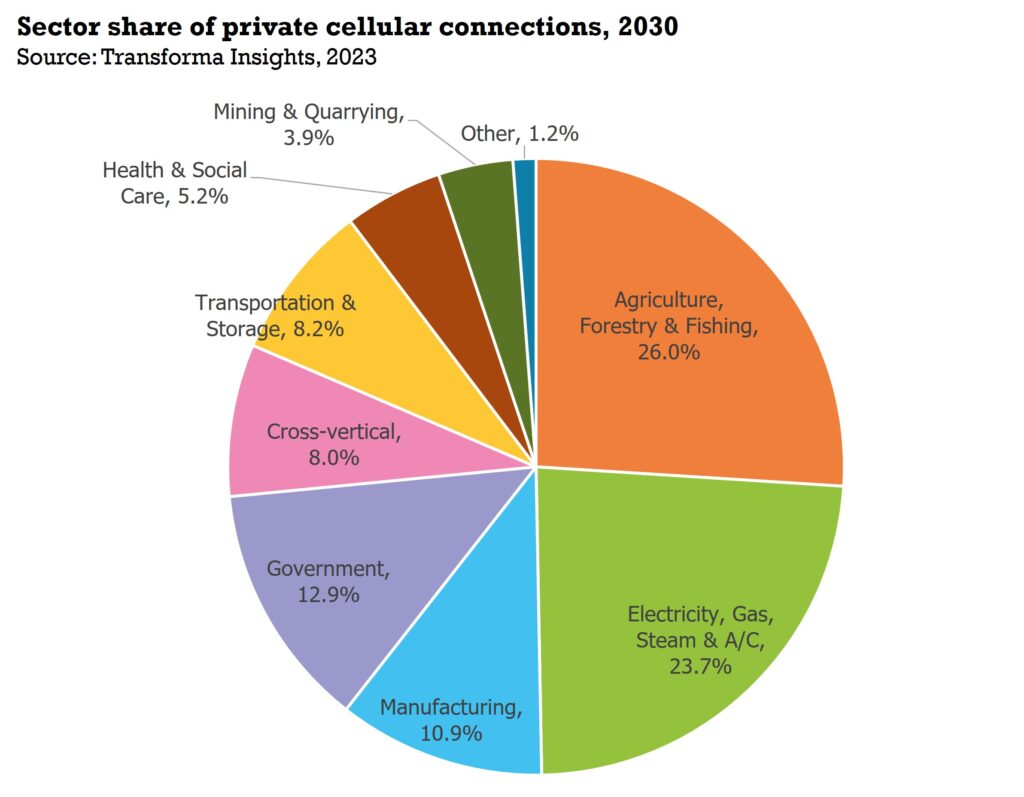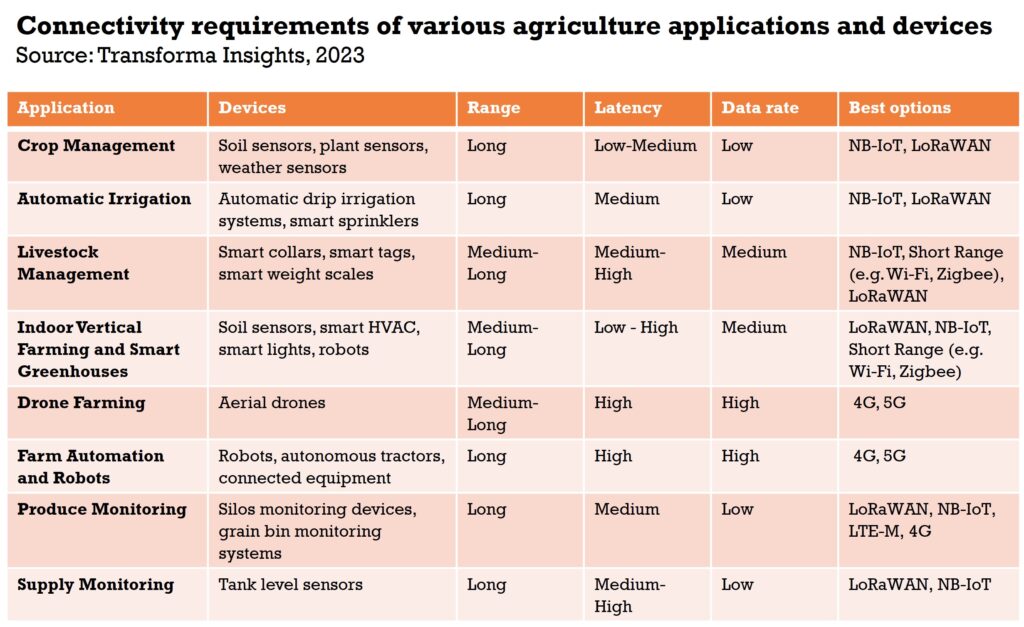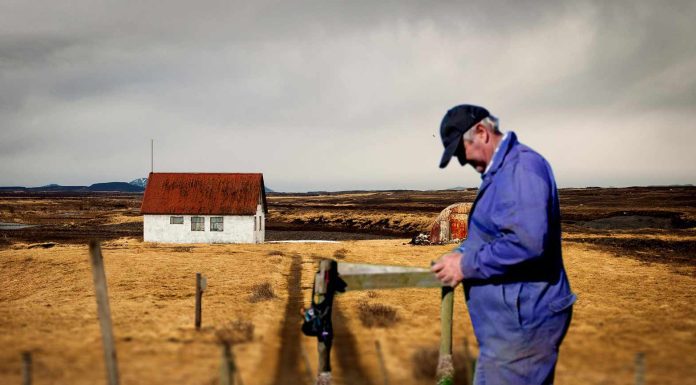Selecting the right connectivity technology for agriculture IoT applications is confusing as there are a wide range of options available, from cellular networks to satellite connectivity in addition to low power wide area (LPWA). In this blog post we explore some of the characteristics of agriculture IoT applications and which are the most appropriate connectivity technologies to be used.
Agriculture IoT has diverse needs
The use cases for IoT in agriculture are quite diverse, ranging from basic monitoring cases such as crop management, livestock location monitoring, tank level monitoring, and grain moisture monitoring to more advanced use cases such as agriculture robots, autonomous tractors, connected agricultural equipment, and drones.
Communication technology requirements of IoT devices in the agriculture industry vary by application. However, in most cases the characteristics of the applications mean that they are highly appropriate for Low Power Wide Area (LPWA) connectivity technologies (such as NB-IoT and LoRaWAN), with their low power, low-cost, low data rate and long-range connectivity capabilities.
Low power and long battery life are crucial in agriculture because of the high costs associated with either providing mains power or replacing batteries of devices distributed over a large geographical area, as is the case with many agriculture applications. With profit margins in agriculture often slim, the low unit costs of LPWA, both for devices and connectivity, is also appealing.
Furthermore, as many applications in agriculture typically don’t require large volumes of data transfer, or low latency communication, they are not sensitive to the limitations of LPWA.
LoRaWAN is a popular choice
LoRaWAN is used to enable many use cases across crop monitoring, livestock monitoring, automatic irrigation and smart greenhouses. Typically it is deployed as a private network, implemented by the users, by way of deploying gateways. This contrasts with its main competitor, NB-IoT, which is predominantly supported over mobile network operator public networks. This provides an advantage to LoRaWAN because agricultural land is often spread over remote geographical areas that have very limited cellular coverage.
For example, a dairy farmer in the UK, considered NB-IoT as the best option for their use case of transferring livestock data, but due to poor mobile coverage in rural areas they couldn’t rely fully on the technology, so they adopted a combination of NB-IoT and LoRaWAN.
In livestock monitoring, LoRaWAN is especially useful in location tracking because cellular coverage is often not available in the required areas. In Europe, for example, it is estimated that 50% of the region’s 87 million cows are located in areas without cellular network coverage.
The graphic below highlights some real-life examples of deployment of devices supported by LoRaWAN networks. More illustrative case studies can be found in Transforma Insights’ Case Study Database.

The limitations of LoRaWAN
Despite all of these benefits, LoRaWAN has some limitations. In farms in countries such as Africa and Southeast Asia, even 10-15 km range of LoRaWAN is not enough. Satellite connectivity is the most suitable solution for such very long-range requirements, but it is a trade-off with the expense of the high cost of satellite infrastructure.
Digitanimal (a livestock management company) is collaborating with Astrocast (a nanosatellite operator) to develop a satellite IoT solution to enable farmers to track livestock remotely. Other low earth orbit (LEO) satellite providers are also focusing on providing LoRaWAN via satellite, including EchoStar Mobile, Eutelsat, Fleet Space, Lacuna Space, and Wyld Networks, typically with very limited, often uni-directional, capabilities (see report ‘Low Earth Orbit (LEO) satellite IoT connectivity vendor landscape’ for more details.
The use of LoRaWAN over satellite can be useful to bring down the high cost associated with a satellite-only solution. With LoRaWAN, farm data can be sent to a Low Earth Orbit (LEO) satellite without the need to maintain a terrestrial LoRaWAN network.
Also, while LoRaWAN is an ideal solution for many agriculture use cases, it doesn’t fulfil the requirements of more sophisticated use cases such as agriculture robots, autonomous tractors, connected agricultural equipment, drones and CCTV cameras. Cellular technology, especially 5G private, is more appropriate for these such high latency use cases that typically require response in milli-seconds.
Many private 5G deployment cases are already in pilot stages, for example, AeroFarms and Nokia Bell Labs have developed a proof of concept using private 5G to enable drones to transmit crop images in indoor farms.
Another interesting example is deployment of private 5G at a California Vineyard to connect autonomous tractors, done by Intel, Blue White Robotics and Federated Wireless. Transforma Insights estimates that by 2030, Agriculture, Forestry and Fishing will be the leading sector in terms of private cellular connections with a share of 26%.

A combination of technologies
There is no one perfect solution; IoT adopters in the agriculture sector should use a mix of LPWA, cellular (4G, 5G mMTC) and satellite connectivity technologies to obtain the most optimal solution weighed by the requirement of range, cost, latency and data rate. The figure given below highlights the best connectivity options for the most prominent applications in agriculture.

In June 2023, Transforma Insights published a report, ‘Digital Transformation (DX) in the Agriculture Sector’, which primarily focused on how digital transformation technologies are changing the face of the agriculture sector. In that study we identify nine key areas where disruptive technologies are being applied. For more on those key areas, see the recent blog post ‘Nine key digital solution areas creating value in agriculture’.

